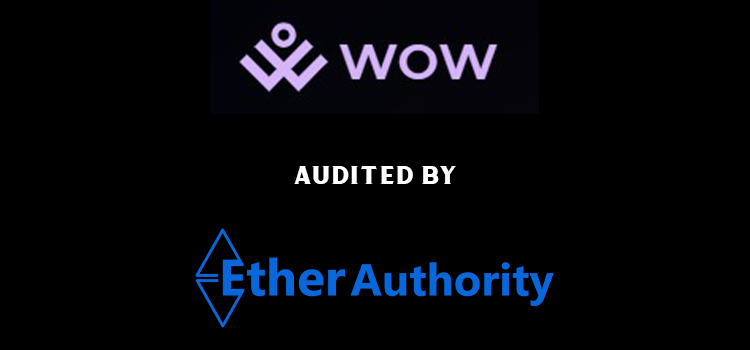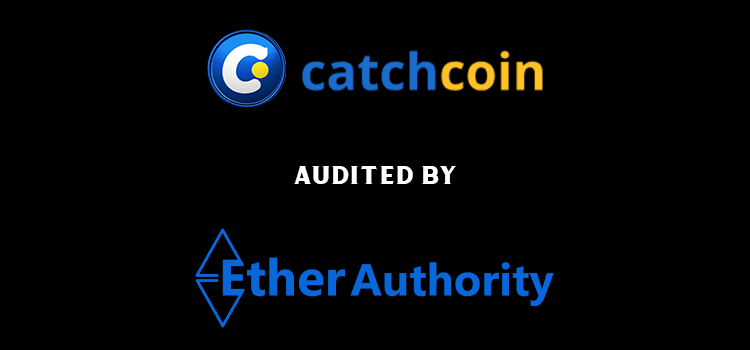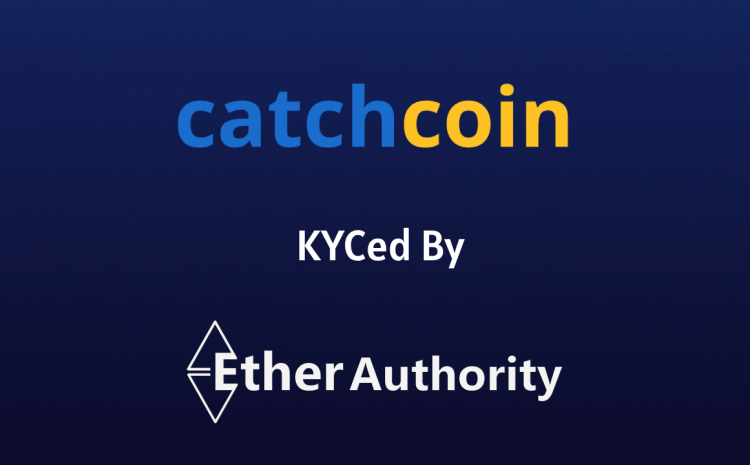
Smart Contract Security
Ethereum smart contracts are extremely flexible in nature capable of holding large quantities of tokens. These are proficient in running immutable logic based on previously deployed smart contract code. Ethereum smart contract has a functionality type that allows it to hold a balance and send transactions over the network. A significant point to remember is that these smart contracts are deployed to the network by the and not being controlled by any user. These Ethereum smart contracts run according to the programs and the users account can interact by submitting transactions accordingly. This creates an exciting ecosystem that is interconnected with trustless smart contracts. Making it a very a suitable ecosystem that catches the eyes of attackers looking for easy money, possible by exploiting the vulnerabilities of smart contract and also the expected behavioral pattern in Ethereum. In general concept, it’s not possible to change the smart contract codes to patch up the security flaws, it doesn’t work that way. That means the amount or asset stolen is irrecoverable and extremely difficult to track.
So the question arises how can you can you secure your smart contract code?
How to write a secure Smart Contract code?
First of all taking all the sufficient measures and precautions is advisable to protect anything of value your smart contract is entrusted with, before you launch any code to the Mainnet. Dive down further in the article to grasp a better understanding of what are the best practices and basic tooling that ensures your smart contract functions securely and correctly.
- Smart contract development process requires:
- Codes should be stored in a version control system
- Use Pull requests for code modification
- Make sure your Pull requests is reviewed by at least one reviewer
- Single command compiles and deploys and runs a bunch tests against your code
- Run your code through analysis tools
- Compiler warning is not emitted by any Solidity
- Well-documented code is the preference
This isn’t all! There is more to the development process than just some points. But surely these points can act as base checklist for development process quality. Following these pin points allows you to produce a more secure code. A more secure smart contract means your project is less likely to experience regression and also lets the developers and auditors easily review and test your smart contract for further feedback and modifications.
7 Proven ways to secure Ethereum Smart Contracts
The whole concept of authority is challenged by Smart Contracts running on Blockchain technology and can change the industries all around the world. There are vast possibilities of security challenges a developer might come across while writing the codes of a smart contract, hence making it very crucial to take security vulnerabilities quite seriously.
Here are some fundamental smart contract security practices any developer might want to employ while building dapps on Ethereum.
- Test Your Smart Contract Code: Test it, Re-test it. Your code needs to be free of bugs and vulnerabilities before deployment. Rigorous testing before the deployment on Mainnet is the most effective way to ensure that the smart contract perform as it was supposed to. Instead it should be deployed on a test network that gives you time to observe any abnormalities. Some recommended Testnets are:
- Rinkeby
- Truffle
- Ropsten
- Kovan
- Goerli
It is advisable that before integrating any feature in the smart contract run a unit test. As the smart contract is immutable thus making it impossible to patch up the code if vulnerabilities appear later.
- Regular Smart Contract audits: Without auditing the smart contract, deployment is a foolish idea. According to The State of DeFi Security report, the majority of exploited smart contracts were launched unaudited. Smart contract auditor might be an expensive investment but it will certainly save you millions in the coming future by eliminating the chances of getting exploited due to vulnerabilities.
- Reduce complexity: The most secure code is the simple one. The ultimate conclusion is to keep the smart contract’s code simple as the complexity in the code and the increase in variables increases the chances of failing. This doesn’t throw away the idea of a feature-rich smart contract out of the window. However, keeping the basic of the architecture simple at the beginning and then expanding according to the functionalities requirements.
- Review the code: Working on a smart contract code is better done in team so every member can perform an independent audit and provide a detailed feedback. If you are a solo developer at a smart contract project, it’s better to find trustworthy colleagues to peer review your smart contract code. This gives you a fresh set of eyes to see what you may have missed out earlier, giving you a chance to increase your security throughout the development process.
- Stay Updated: Staying up-to-date with all the new security developments and changes that come along the way of the development process. Your smart contract constantly needs checking of new bugs and errors and even being open to adopting new security techniques. While using the automated tools to audit your smart contract, focus on the latest upgraded versions.
- Be ready for failure: While writing all significant contracts errors are suppose to arise, so prepare for failure. It’s better to be ready for errors so when it appears you have the ability to respond. This designs a fail-safe mechanism suitable for your Ethereum smart contract thus limiting harm from malicious attacks. An upgraded strategy is the key to be ready to fix the loopholes and bugs. Managing the monetary risk by eliminating the rate of usage formulates an efficient approach and manages the total amount soundly.
- Secured access control: Ethereum smart contract’s architecture determines the access control. One of the most important mechanism of the smart contract that decides who govern and who is allowed to alter the elements. In simple terms if the wrong person gets those admin privileges, they can alter or reprogram the whole contract and can execute fraudulent transactions. To ensure the security and prevent the wrong person from getting the access, it should have multiple level of authorization.
Secure your next smart contract with best security practices
Smart contract is a human written code, thus it’s not perfect every time. If implemented correctly, smart contracts are a technology that beholds the capabilities to revolutionize the future of several industries. So there is great deal of responsibility being a smart contract developer, following the best practices while writing the code for security. Instead of one use multiple security analysis tools and up-to-date resources.
Use simple code structure as the architecture of fail-safe mechanism. Get your smart contract code reviewed peer-to-peer by your colleagues and other team members. To conclude, there are some major best practices that a developer can undertake to ensure the security of the smart contract and its efficiency. However, there’s no denying that developing and maintaining a smart contract isn’t easy. It requires constant expert supervision and a lot of effort. As before deploying any smart contract, an audit is a must to keep your users safe. Therefore, partnering with an Ethereum auditing firm or team eases the whole process and increases the chances of a better outcome.




